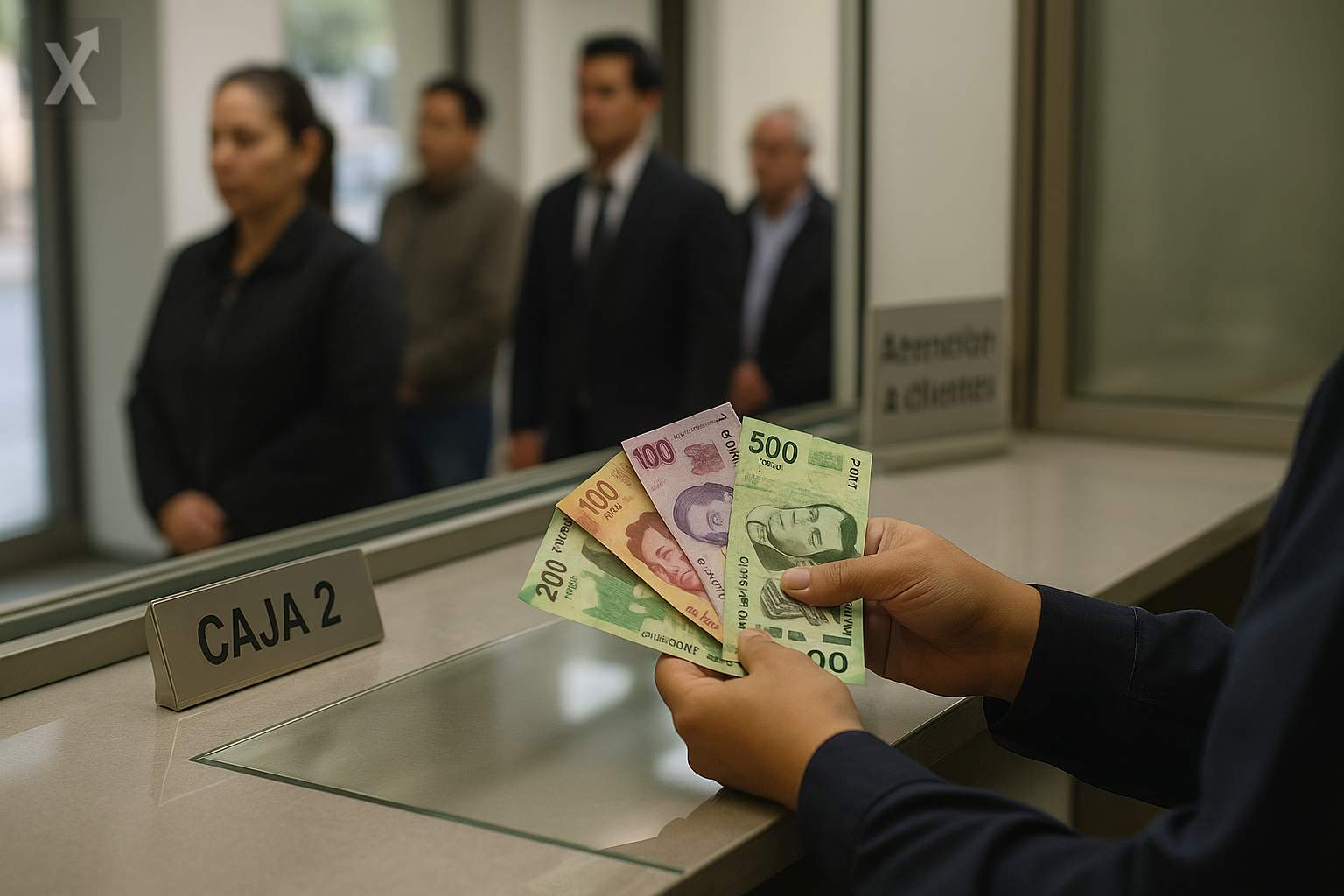Moody’s Keeps Pressure on Mexico’s Credit Rating Due to High Deficit and Pemex Support; Fiscal Consolidation Remains Slow

Moody’s believes Mexico still has buffers against external shocks, but warns that the recent fiscal deterioration and the contingent liabilities of Petróleos Mexicanos (Pemex) continue to weigh on the country’s sovereign rating. Mexico is currently rated Baa2 with a negative outlook, implying a risk of downgrade if there are no clear signs of sustained budgetary discipline and operational improvements at the state oil company.
The agency’s main concern is whether the “new normal” for the public balance will leave behind the historical deficit range of 2-3% of GDP. In 2024, the fiscal deficit surpassed 5% of GDP, a deviation that increased public debt by over five percentage points of GDP in just one year and raised debt servicing costs: interest payments now absorb about 17% of federal revenues, one of the highest levels among investment-grade sovereigns. According to Moody’s, the debt trajectory could reach nearly 50% of GDP between 2027 and 2028, depending on the pace and credibility of fiscal consolidation.
Despite intentions to bring finances back on track, the goal for consolidation has been postponed to 2028, and a deficit above 4% is still expected for 2025. This waiting period keeps pressure on Mexico’s sovereign rating and leaves the country more exposed to changes in risk appetite and global interest rates.
On the growth front, the agency estimates Mexico’s long-term potential at around 2%, with expansion near 1% in 2025 due to private investment caution and some political uncertainty. To surpass this ceiling, Mexico faces familiar challenges: stagnant productivity, high informality, security gaps, infrastructure and energy bottlenecks, and lower female labor force participation compared to peer economies. The USMCA review in 2026 will be a turning point for the country’s competitiveness and regulatory certainty agenda.
On the macro-financial side, a still-restrictive monetary stance has helped anchor inflation expectations and supported the peso’s relative appeal, but it has also increased public sector financing costs. Mexico’s ability to capitalize on nearshoring—with investments in industrial facilities, logistics, and reliable energy—will be key to boosting investment and potential growth without worsening fiscal imbalances.
The other focal point of the analysis is Pemex. Moody’s upgraded the oil company’s rating from B3 to B1, supported by a multi-year federal support package. The plan includes: $12 billion in pre-funded notes to extend maturities; a $13.3 billion fund for supplier payments; $9.9 billion in bond buybacks and $12 billion in capital transfers; plus a $14 billion budget line in 2026 to cover amortizations. If these measures are fully implemented, financial debt could be reduced from about $100 billion to around $78 billion by 2027, saving roughly $1.5 billion in interest.
Nevertheless, structural risks persist: falling or stagnant production, losses in refining, and ongoing liquidity needs. While the support is “manageable” in the fiscal aggregate, it increases the sovereign’s contingent liabilities. The fiscal relationship has flipped since 2018: from contributing around 2% of GDP, Pemex has become a net burden. In 2024, the cost of government support exceeded oil-related taxes and royalties collected, and the company will likely require further cash injections in 2025-2027; Moody’s estimates needs of about $18.4 billion in 2026 (of which $14 billion are already covered by the budget line) and roughly $7.5 billion in 2027. Pemex’s standalone rating—without federal support—remains in Caa territory.
In terms of timing, the ratings agency does not foresee immediate changes to the sovereign rating; its assessment would focus more on 2026, by which time there should be clearer evidence on the path of fiscal consolidation and more tangible results from Pemex. Key indicators to watch include a credible medium-term fiscal anchor, improvements in spending efficiency, strength in non-oil revenue collection, and regulatory advances that enable private investment, particularly in infrastructure and energy.
Final note: The balance of risks remains tilted to the downside while the deficit stays high and Pemex requires significant support. The window of opportunity lies in gradual but verifiable consolidation, well-managed nearshoring gains, and an institutional environment that boosts productivity. Without these elements, Mexico’s rating will remain under scrutiny; with them, the country could maintain its investment grade and reduce vulnerabilities.






